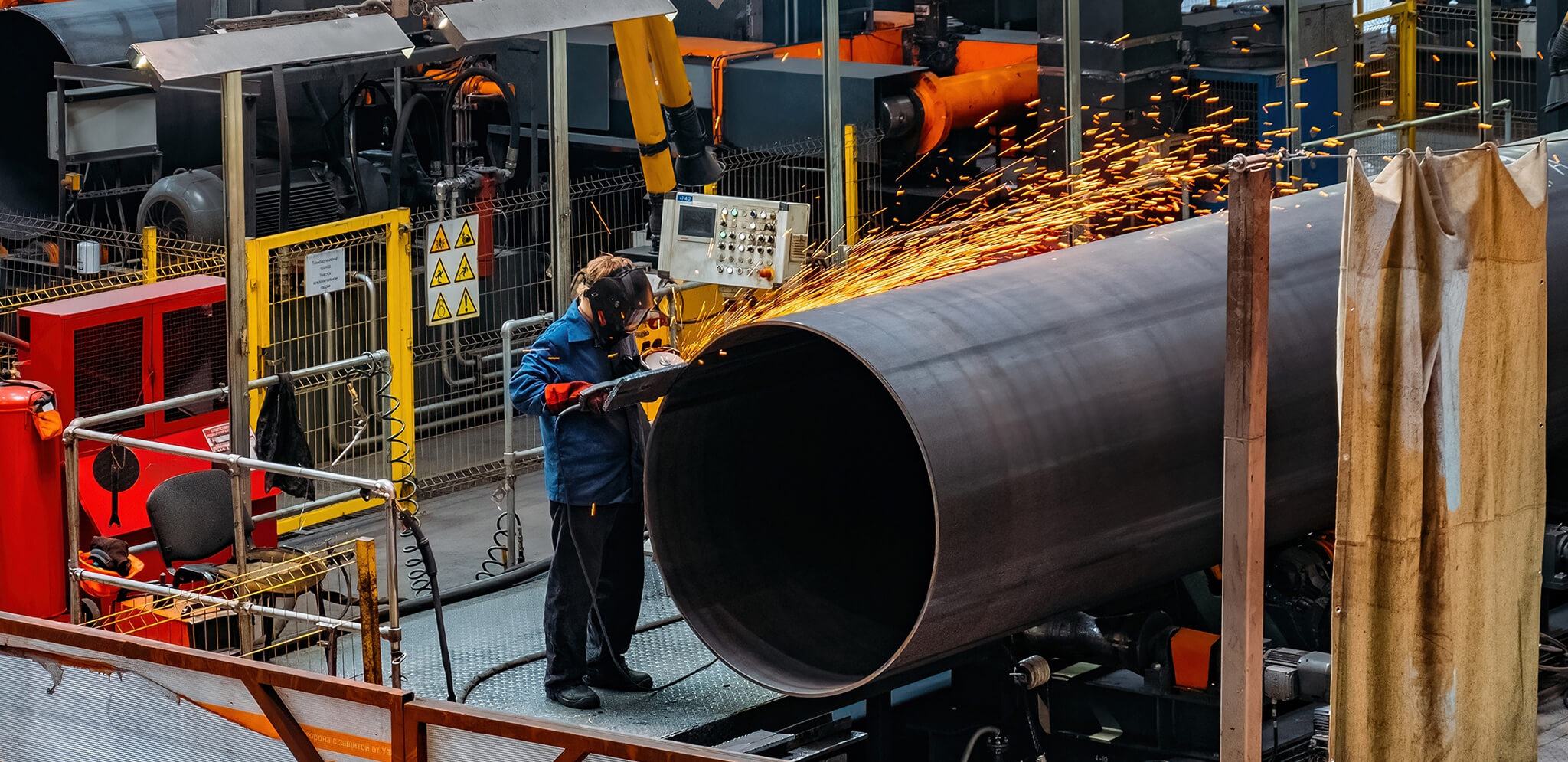Structural Pipe fittings are components that are used to connect pipe sections with other fluid control products such as valves and pumps to form pipelines. The term “fittings” is commonly associated with those used for metal and plastic pipes that transport fluids.
Other types of pipe fittings can also be used to connect pipes for handrails and other architectural elements where a leak-proof connection is not required. Depending on the material of the pipe, pipe fittings can be welded or threaded, mechanically joined, or chemically adhered, to name a few common mechanisms.
While these great additions to any product add substantial value, many wonder why they are necessary.
Why Structural Pipe Fittings Are Necessary
First, the entire design project is far easier when structural pipe fittings are utilized. These highly adaptable fittings are designed to secure and aid builders in crafting durable structures.
The overall integrity of products are directly determined by the overall strength of corners, turns, and changes in direction within the piping structure. Whenever there is a turn, twist, or change there needs to be a sturdy, secure, and flush fitting in place.
By adjusting the overall strength and security of the piping, the structural pipe fitting enables builders to then quickly build excellent structures and piping systems without having bulky, unsecure, and potentially weak stabilizers in their projects.
Which Structural Pipe Fitting Is Right For You
Galvanized malleable iron castings are used for strong structures and come in a variety of styles such as elbows, tees, crosses, reducers, and flanges.
When To Use Each Type of Pipe Fitting
You can find the functions of each type of structural pipe fitting below:
- Elbows: These are used to alter the angle or direction of a pipe run. 90-degree and 45-degree turns are the most common.
- Tee Fittings: Shaped like the letter T, these fittings allow for branch lines.
- Crosses: Like the name, these fittings allow for a design to cross itself through to separate entries and exit points.
- Reducers: Used to connect pipes of varying sizes. Changes in diameter gradually.
- Flanges: Comes with four holes for the base to be screwed into place for a solid constructed project.
You can find a full pipe fittings chart (a nominal diameter conversion chart) here! Talk to us today for any of your structural pipe fitting needs or questions.
Schulte Supply can provide your company with the piping products you need and more. Please contact us today to see how we can fit your project needs.

